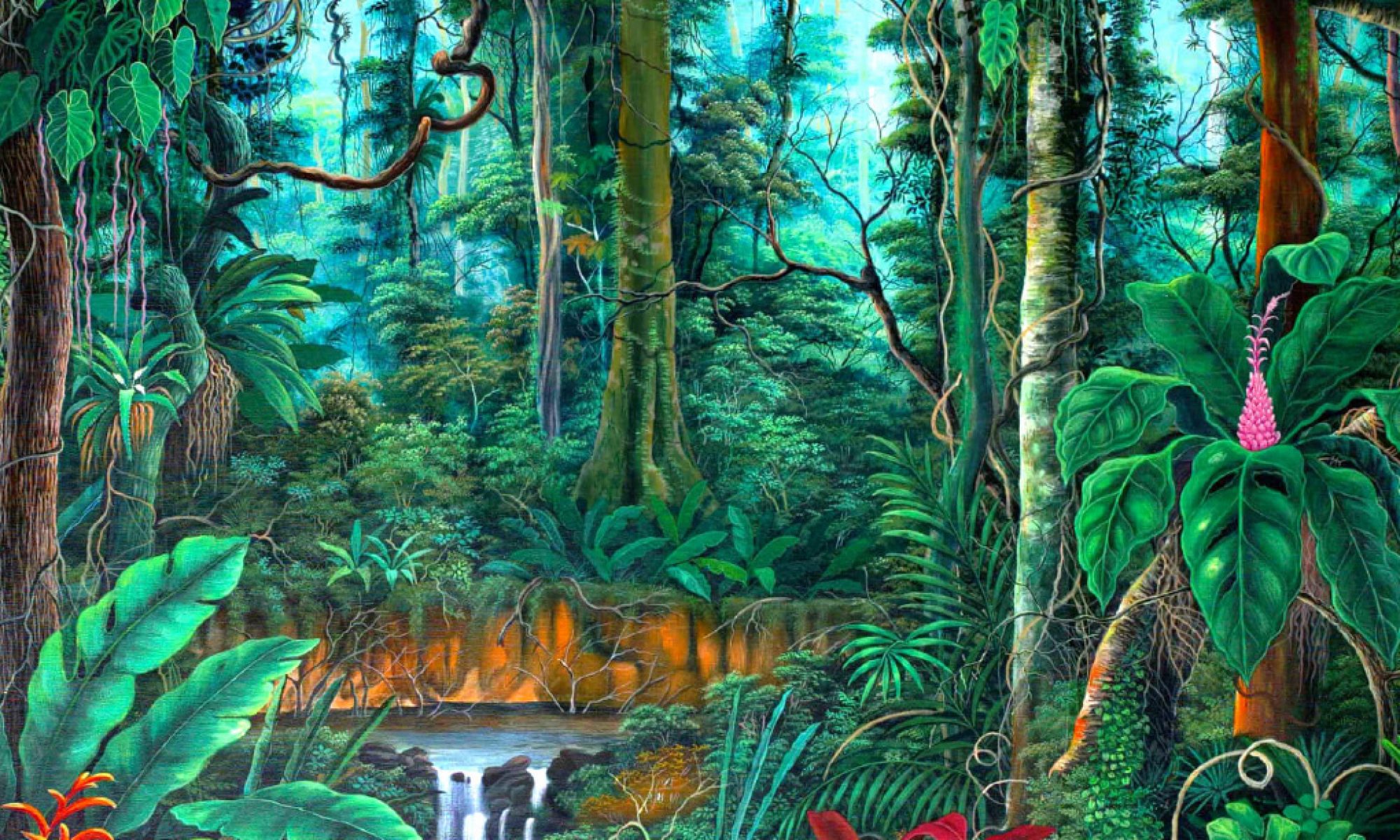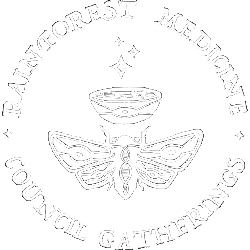Although the names ayahuasca and yagé both refer to essentially the same potion made from similar plants, the approach varies greatly between ayahuasca and yagé. Ayahuasca is usually prepared leaving the bark on the vine and is only slightly rasped and pounded. Like this the vine will be boiled, thereby leaving more tannins in the brew and gaining a more powerful purgative effect (i.e. it makes one vomit). Yagé is prepared by pounding off all the bark and leaving only the woody bone of the vine to be boiled. Consequently these brews have far less tannins and cause less vomiting.
According to Secoya traditions, before drinking yagé the participants consume the yagé leaf emetic, which balances the body’s pH. This is crucial to any healing or detoxification program. Then, some days later, when they are ready to drink proper yagé, the body is prepared for the ceremonies to come. Ayahuasca prepared with the bark makes one vomit more during a ceremony, and thus it is difficult to hold in enough of the brew to gain its full effects and see the celestial visions
.
Another notable difference in these two traditions include the fact that a typical ayahuasca ceremony begins at sunset and ends after midnight, with the healing work occurring between 10 PM to midnight. Whereas in a ceremony of yagé the drinking begins just after sunset, but the fullness of the ceremony really takes place after midnight and closer to three in the morning. From 3 AM to sunrise is when the healing occurs. According to the elders, between 10 PM and midnight is when the primal energies of the Earth and the earth spirits are present; from 3 AM to sunrise is when the celestial spirits descend. Therefore one could generalize that most ayahuasqueros work mainly with earthly spirits, while yagé drinkers call the Yagémopai (the people of yagé), which are celestial immortals, also known as Wiñapai (always new-people) and Matëmopai (heaven people).

